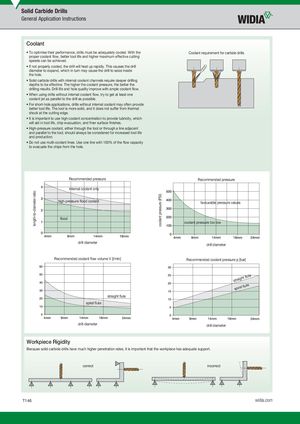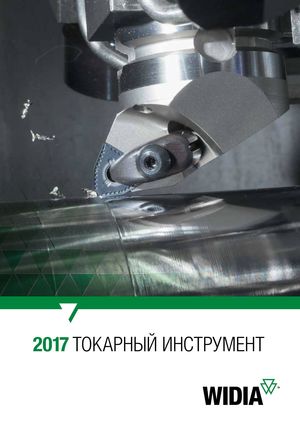Общий каталог Widia 2017 - страница 1514
Навигация
- Table of Contents
- Turning
- Turning • ISO Inserts
- Turning • Tools for External Turning and Internal Boring
- Turning • Tools for External Turning and Internal Boring
- Turning • Tools for Small Hole Boring
- com E1Turning • Grooving and Cut-Off
- Turning • Threading
- Indexable Milling
- Indexable Milling • Face Mills
- Indexable Milling • Chamfer Mills
- Indexable Milling • 90° Shoulder Mills
- Indexable Milling • Helical Mills
- Indexable Milling • Slotting Mills
- Indexable Milling • Copy Mills
- Solid End Milling
- Solid End Milling • High-Performance Solid Carbide End Mills
- Solid End Milling • General Purpose Solid Carbide End Mills
- Solid End Milling • High-Performance High-Speed Steel (HSS-E/PM)
- Solid End Milling • Burs
- Holemaking
- Holemaking • High-Performance Solid Carbide Drills
- Holemaking • Modular Drills
- Holemaking • Indexable Drills
- Holemaking • Modular Drills
- Holemaking • Indexable Drills
- Holemaking • Hole Finishing
- Tapping
- Tapping Portfolio
- Index by Order Number
- Index by Catalogue Number
- Global Contacts
- Informational Icons Guide
- Material Overview • DIN

length-to-diameter ratio coolant pressure (PSI) Solid Carbide Drills General Application Instructions Coolant • To optimise their performance, drills must be adequately cooled. With the Coolant requirement for carbide drills proper coolant flow, better tool life and higher maximum effective cutting speeds can be achieved. • If not properly cooled, the drill will heat up rapidly. This causes the drill diameter to expand, which in turn may cause the drill to seize inside the hole. • Solid carbide drills with internal coolant channels require deeper drilling depths to be effective. The higher the coolant pressure, the better the drilling results. Drill life and hole quality improve with ample coolant flow. • When using drills without internal coolant flow, try to get at least one coolant jet as parallel to the drill as possible. • For short-hole applications, drills without internal coolant may often provide better tool life. The tool is more solid, and it does not suffer from thermal shock at the cutting edge. • It is important to use high coolant concentration to provide lubricity, which will aid in tool life, chip evacuation, and finer surface finishes. • High-pressure coolant, either through the tool or through a line adjacent and parallel to the tool, should always be considered for increased tool life and production. • Do not use multi-coolant lines. Use one line with 100% of the flow capacity to evacuate the chips from the hole. Recommended pressure Recommended pressure internal coolant only high-pressure flood coolant favourable pressure values flood coolant pressure too low drill diameter drill diameter Recommended coolant flow volume V [l/min] Recommended coolant pressure p [bar] straight flute spiral flute straight flute spiral flute drill diameter drill diameter Workpiece Rigidity Because solid carbide drills have much higher penetration rates, it is important that the workpiece has adequate support. correct incorrect T146 widia.com
 Каталог Widia токарный инструмент 2017
Каталог Widia токарный инструмент 2017 Каталог Widia трохоидальное фрезерование
Каталог Widia трохоидальное фрезерование Каталог Widia техническое руководство по разверткам
Каталог Widia техническое руководство по разверткам Каталог Widia фрезы со сменными пластинами 2016
Каталог Widia фрезы со сменными пластинами 2016 Каталог Widia достижения 2020
Каталог Widia достижения 2020